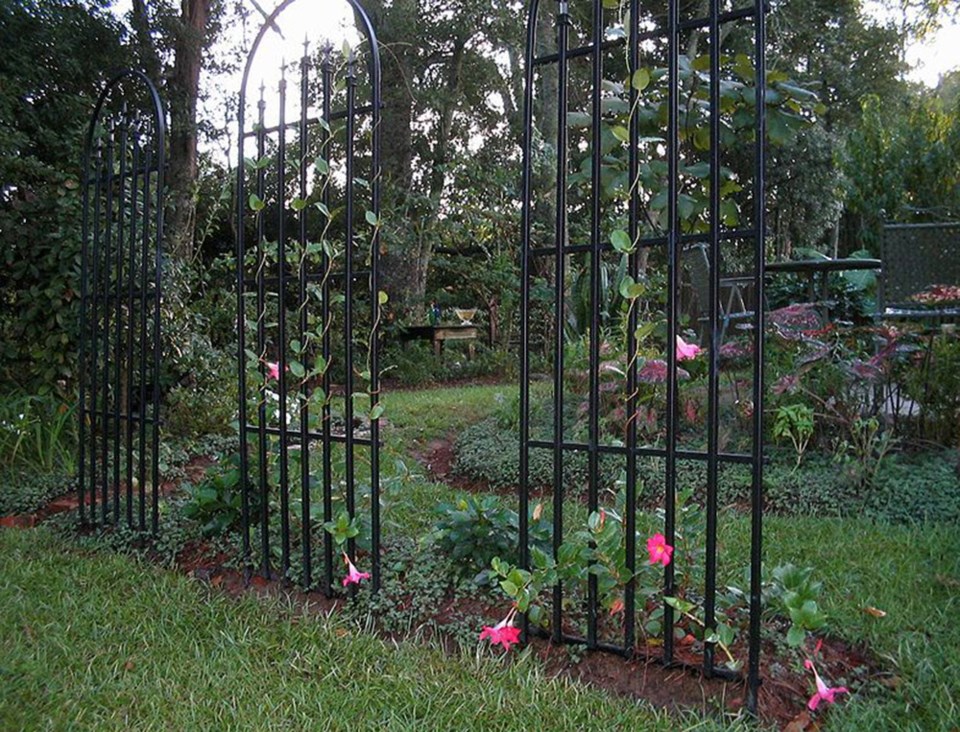Question: I phoned some building supply stores and none had willow trellises. One source said they would be too flimsy to be useful. Can you give me further info?
Thelma Dickman,
Vancouver
Answer: Willow trellises and towers are available locally from West Coast Seeds. Their website is www.westcoastseeds.com. Both wooden supports are being advertised for lightweight plants such as sweet peas, cucumbers, climbing peas and beans.
The trellis and tower are not recommended for very heavy weights such as pole beans, tall peas or extremely dense plantings of climbers.
The heritage beans I was suggesting in my last column are usually around one metre (three feet) long, and I’ve found them awkward because if left unsupported, they sprawl over the ground where the pods rot if rain arrives. Since most are intended as dry beans, they benefit from a short, light support.
I have seen the willow wood towers in many gardens over the last few years – always with light ornamentals and the effect is quite beautiful. The delicacy and intricacy of willow wood objects is a major reason why this wood is so popular.
But delicate wood does tend to decay faster than heavier wood, especially if it’s exposed to winter rainstorms. But both the trellis and tower are foldable and very easy to store inside from fall to spring.
Question: How can I remove clover from my lawn other than by digging it out? It is in large patches of my lawn and it’s very hard to get the roots?
Heather,
Burnaby
Answer: Clover in lawns helps fertilize grass because it absorbs nitrogen from the air and stores it in root nodules where hungry grass roots feed on it. Some organic gardeners create lawns and paths by sowing soil with white clover seed.
This is because white clover stays green in drought (due to the deep roots you are having problems pulling out). It seldom needs mowing, and the bees that it attracts tend to stay in the yard pollinating other plants as well.
Any organic substances that might remove it would likely hurt the grass as well. Most organic herbicides are based on horticultural vinegar which can remove clover briefly before the deep roots re-shoot.
The easiest way to tackle clover is to get the lawn aerated in spring by a machine. This would tear up a lot of clover’s roots which can then be raked out. You could then spread compost (weed-free commercial compost is easily available) over the lawn and re-seed it with grass.
It’s important to check the grass seed mix because many include white clover seed. Since new lawns need about an inch of water a week, try to time the planting for a time when nature should be providing the water.
To shade out the clover, the lawn should be mown to a height of about seven centimetres (three inches), and the grass clippings left in place to help nourish the grass. Mowing twice will break up the clippings faster.
Anne Marrison is happy to answer garden questions. Send them to her via [email protected]. It helps to add the name of your city or region.



